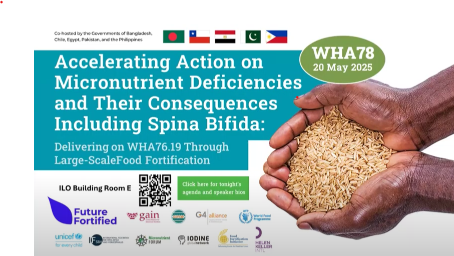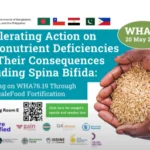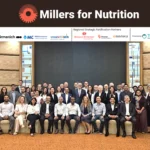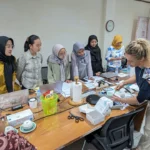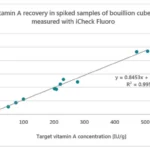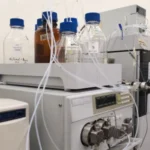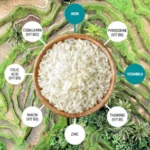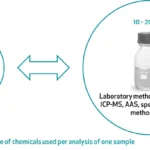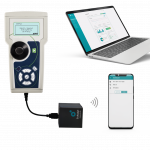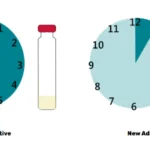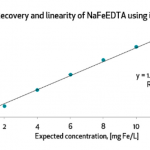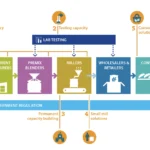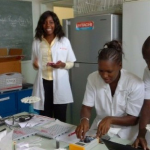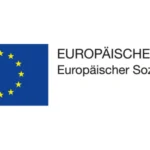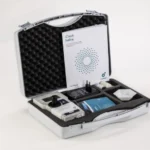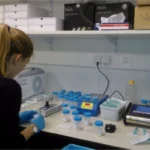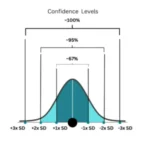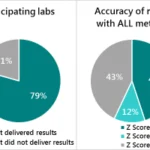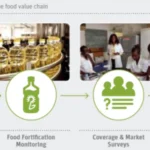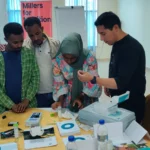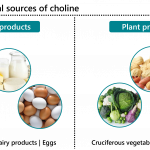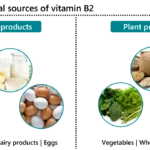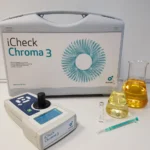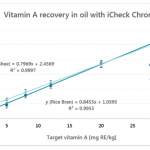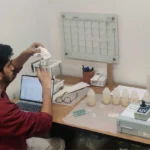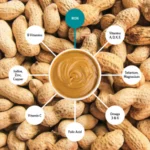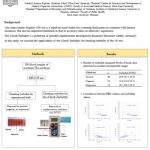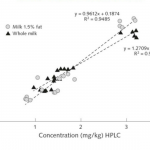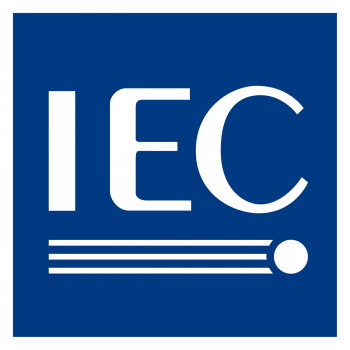In 2011, political upheaval derailed Egypt’s flour fortification program, and childhood anaemia rates almost doubled, jumping from 27% to 43% in just a few years. The lesson is clear: even the best nutrition policies collapse without strong monitoring and enforcement (2).
Today, more than 5 billion people worldwide have inadequate dietary intakes of essential micronutrients. The most common deficiencies include iodine, iron, folate (vitamin B9), riboflavin (vitamin B2), vitamin E, calcium and vitamin C. While low- and middle-income countries (LMICs) bear the greatest burden, particularly in South Asia and sub-Saharan Africa, even high-income countries show significant gaps, especially for vitamin E and calcium (1).
Gender differences are also striking. Women are more likely to have inadequate intakes of iodine, cobalamin (vitamin B12), iron, and selenium, while men tend to have higher inadequacies in magnesium, vitamin B6, zinc, vitamin C, vitamin A, thiamin, and niacin. These disparities carry serious implications for maternal health, child development, and workforce productivity (1).
Behind these numbers lies a preventable crisis, one that can be addressed through effective fortification programs. But the solution is not just launching more initiatives; it’s ensuring they are measurable, accountable, and resilient. At the 78th World Health Assembly (WHA78) in Geneva, nutrition and health leaders called for exactly that: fortification programs that work in practice, not just on paper.
BioAnalyt plays a critical role in bridging this gap between policy and implementation, enabling nutrient verification directly in the field through portable, rapid testing solutions.
WHA78 Fortification Resolutions: Systems, Standards, and Scale
The WHA78 side event emphasized the urgent need to accelerate action on fortification, with Resolution 76.19 serving as a rallying point (2).
“This resolution, adopted by Member States in 2023, calls for the prevention of micronutrient deficiencies and their consequences, including neural tube defects such as spina bifida, through safe and effective food fortification.”
UNICEF, co-hosting the event, highlighted the necessity of embedding fortification within broader food, health, and social protection systems. Their systems approach promotes integration across sectors to ensure that fortified foods reach those who need them most (2).
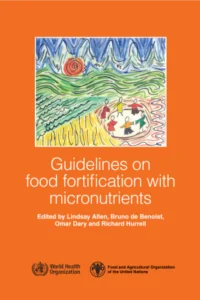
The World Health Organization (WHO) announced it would soon release an updated implementation guide for fortification, building on its well-known “orange book”. This revision will place a strong emphasis on regulatory monitoring, the role of digital tools, and the specific needs of programs operating in humanitarian settings. It is expected to be a cornerstone for countries aiming to upgrade the design and delivery of their national fortification efforts (2).
With the political momentum also building. As of mid-2025, 24 commitments to fortification had been made under the Nutrition for Growth process, with 17 of those from governments. These include ambitious reforms in countries such as the Philippines, Egypt, Pakistan, and Bangladesh, which shared their experiences during the event. Each country underscored the importance of strong regulatory frameworks, sustained financing, public-private collaboration, and consistent program monitoring (2).
Implications for LSFF: Policy vs Practice
The path from policy to impact is neither linear nor guaranteed. Countries may have legislation in place, but without compliance and quality assurance, fortification programs risk falling short. The experiences of Bangladesh, Pakistan, and the Philippines provide a compelling example. They emphasized that while fortification is cost-effective, it still requires meaningful investment in infrastructure, skilled personnel, and supply chain integrity. The complexity grows when trying to reach rural populations or integrate small-scale producers; such as Pakistan’s local flour mills, which supply over 60% of the national flour market yet remain largely outside formal fortification frameworks (2).
To meet these challenges, robust systems for measuring nutrient levels in foods are essential. Monitoring coverage, compliance, and nutrient content enables policymakers to assess whether fortified foods are meeting intended health outcomes and reaching the most vulnerable. This kind of real-time, field-ready monitoring is central to sustaining the credibility and effectiveness of fortification programs.
How BioAnalyt Supports Fortification Goals
BioAnalyt plays a vital role in making nutrient monitoring more accessible, efficient, and impactful. Its iCheck devices provide fast, reliable, and portable testing for key micronutrients like vitamin A, iron, and iodine in foods such as oil, flour, rice, and salt.
These tools enable regulators, food producers, and program implementers to verify nutrient content on-site, particularly in regions lacking laboratory infrastructure. This supports better regulatory compliance, enhances transparency, and builds confidence in fortification programs. Below are a few examples of how BioAnalyt’s iCheck enables quality monitoring in food fortification.
Real-World Examples
- In Pakistan, the iCheck Chroma 3 is widely used by edible oil millers. In collaboration with Nutrition International (NI), regulatory authorities have developed FORTIS, a digital platform where millers upload their iCheck Chroma 3 data. This centralized system is monitored by the government to ensure compliance across the sector.
- In Bangladesh, both government agencies and private millers use the iCheck Chroma 3 for quality control. The Bangladesh Food Authority has actively adopted the device for regulatory enforcement and monitoring.
- In the Philippines, flour millers have integrated iCheck into their internal quality control processes. They actively use iCheck Iron and iCheck Fluoro devices to ensure compliance with fortification standards and maintain product quality.
- The iCheck Modular is example of an analytical device developed by QuImpact in partnership with BioAnalyt, with the support of Gates Foundation. Designed to revolutionise food fortification, it enables rapid, cost-effective, and accurate on-site testing of key micronutrients and food quality parameters, providing actionable results where they are needed most.
From Resolution to Results
The WHA78 side event sent a clear message: food fortification is a cornerstone of global nutrition policy, but its success hinges on accountability, innovation, and precision.
As countries gear up for the 2026 reporting milestone for WHA Resolution 76.19, the demand for tools that can reliably measure and monitor fortified foods is greater than ever (3). BioAnalyt is proud to support this global mission by equipping governments, producers, and partners with the means to track progress and ensure quality.
To learn more about how BioAnalyt can support your fortification initiatives, visit www.bioanalyt.com or contact us to explore partnership opportunities.
References:
- Passarelli S, Free CM, Shepon A, Beal T, Batis C, Golden CD. Global estimation of dietary micronutrient inadequacies: a modelling analysis. Lancet Glob Health. 2024;12:e1590–e1599. doi:10.1016/S2214-109X(24)00276-6.
- Recording of the WHA 78 Side event: https://www.youtube.com/watch?v=nsz444u5AZQ&t=11s
- https://ifglobal.org/news/wha67-19-resolution/
